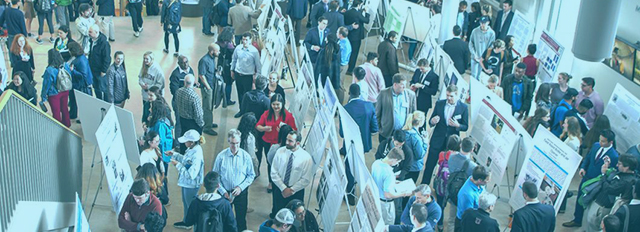
Posters and Papers
Document Type
Union College Only
Faculty Sponsor
Ann Anderson
Department
Mechanical Engineering
Start Date
22-5-2020 2:30 PM
Description
Virtually all cars on the road today use catalytic converters to reduce harmful emissions and comply with government regulations. Without catalytic converters these gases, like nitrous oxide and carbon monoxide, would deplete the ozone layer, contributing to climate change, or generate harmful smog. Most catalytic converters are made of two main components, a honeycomb corderite base and a washcoat saturated with platinum group metals (PGMs). The most crucial component of a catalytic converter is the platinum group metals within the washcoat as they catalyze the harmful gases released by the combustion process. The Union College aerogel lab has researched the possibility of replacing the PGM based washcoat used in catalytic converters with aerogels impregnated with less expensive, but still catalytically active, metals such as copper and cobalt. This seeks to take advantage of the properties of aerogels, such as high surface area and porosity, to augment the catalytic ability of these cheaper metals. The Union College aerogel lab has also attempted to theoretically model the catalytic ability of CoAl aerogels using the activation energy and kinetics of the reactions that occur during catalysis. My project started with attempts to synthesize an aerogel with PGM, but due to my inability to perform on campus experiments the focus of the project has shifted to modeling the catalytic performance of aerogels that have already been tested experimentally using a kinetic model in matlab. This poster will go over the experiments that I accomplished during my first term to synthesize PGM aerogels and the kinetic modeling that I am doing in my second term.
Synthesis of Catalytic Aerogels and Kinetics of Catalytic Performance
Virtually all cars on the road today use catalytic converters to reduce harmful emissions and comply with government regulations. Without catalytic converters these gases, like nitrous oxide and carbon monoxide, would deplete the ozone layer, contributing to climate change, or generate harmful smog. Most catalytic converters are made of two main components, a honeycomb corderite base and a washcoat saturated with platinum group metals (PGMs). The most crucial component of a catalytic converter is the platinum group metals within the washcoat as they catalyze the harmful gases released by the combustion process. The Union College aerogel lab has researched the possibility of replacing the PGM based washcoat used in catalytic converters with aerogels impregnated with less expensive, but still catalytically active, metals such as copper and cobalt. This seeks to take advantage of the properties of aerogels, such as high surface area and porosity, to augment the catalytic ability of these cheaper metals. The Union College aerogel lab has also attempted to theoretically model the catalytic ability of CoAl aerogels using the activation energy and kinetics of the reactions that occur during catalysis. My project started with attempts to synthesize an aerogel with PGM, but due to my inability to perform on campus experiments the focus of the project has shifted to modeling the catalytic performance of aerogels that have already been tested experimentally using a kinetic model in matlab. This poster will go over the experiments that I accomplished during my first term to synthesize PGM aerogels and the kinetic modeling that I am doing in my second term.


